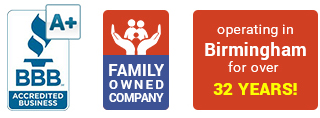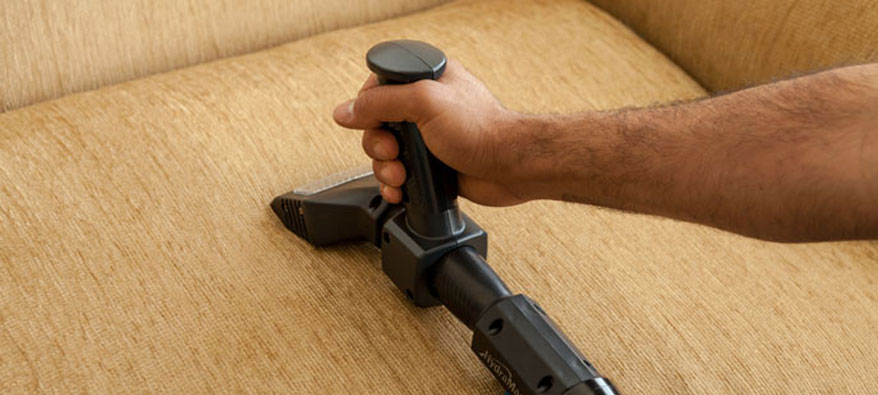Upholstery Cleaning
 Upholstery & Furniture Cleaning
Upholstery & Furniture Cleaning
- Recliners, Sofas
- Fine furnishings
- Haitian Cotton
- Chintz
- Leather and suede
- Draperies
- Fabric Dividers
- Office Cubicles
What’s Sitting On Your Sofa Besides You and Your Family?
Whether snuggled up, catching a Sunday afternoon nap, or rocking your baby to sleep in your favorite piece of furniture, there is something sitting on your furniture besides you!
Common indoor air pollutants and allergens include: dust and dust mites, tobacco smoke, mold and fungal spores, off-gassing from furniture including carpet and building materials, household cleaner vapors, pollen, pet hair and pet dander. Regular weekly vacuuming of your furniture for general cleaning and to remove surface soil will help prevent dirt from getting embedded into the fibers.
Follow up with a yearly professional cleaning and protectant applied to add longevity to your furniture. With kids and pets, you will want to clean and protect more, our suggestion is twice a year.
To The Rescue! offers a maintenance program to help keep you and your furniture clean and healthy! Call #25-CLEAN
To The Rescue!
After soils have been loosened, we will start the soil extraction process. In most of our clients’ homes, we use a wet vacuuming method. We use a state of the art rinsing wand and guarantee the most thorough removal of soils and spotting agents from the face fibers.
If the fabric is a pile type, it must be groomed or set to enhance the appearance.
The amount of time required for upholstery to dry varies due to the amount of moisture used in cleaning, the type of fiber and fabric, and outside weather conditions. When a low amount of moisture is used, normal drying time usually takes 2-6 hours.
After we leave, you will want to make sure everything is dry before you put the cushions back on.
Cleaning Process
Upholstered fabrics have unique characteristics and each cleaning project should be carefully evaluated to determine the proper use of this standard and how it applies.
Cleaning means removing contaminants, pollutants and undesired substances from an environment or surface. Proper cleaning and maintenance will reduce damage and wear.
Fabric Inspection
Prior to cleaning applications, your technician will inspect the fibers of the fabrics for the following characteristics:
- Weakness due to age, environmental exposure or use.
- Material that are not colorfast or pre-shrunken.
- Marking on the back of fabrics or on interior cushioning material, which might bleed through the fabrics surface during cleaning or drying.
Cleaning Basics
One of the most important parts of the cleaning process is dry soil removal. Dry soil includes hair, lint, particle soil, dust and debris. Soil must be thoroughly removed from the fabric for a maximum clean. To achieve the quality necessary, we use our specialized vacuum for dry soil removal.
After dry soil removal, we will then begin what is called soil suspension. This begins with our pre-conditioners and pre-spotting process.
Tips for Preserving Your Upholstery Between Cleanings
- Vacuuming is the main best way you can prevent premature fabric failure. Once a month is needed for normal use. For never used show pieces, you still need to vacuum at least twice a year. Every week with kids and pets laying on them!
- Vacuum hard to reach areas—don’t run your hand down into the crevices without taking your knee and pressing down the platform. The platform is the hard surface the cushions sit on. This will open up the crevices and enable you to see better.
- Catch spills early! A clean white hand towel stuffed next to a cushion is a great start. Teach your household to immediately grab the towel to blot – not rub it!
- Have a fabric protector applied after your cleaning.
- Flip cushions regularly.
- Rotate cushions and pillows around for even wear.










